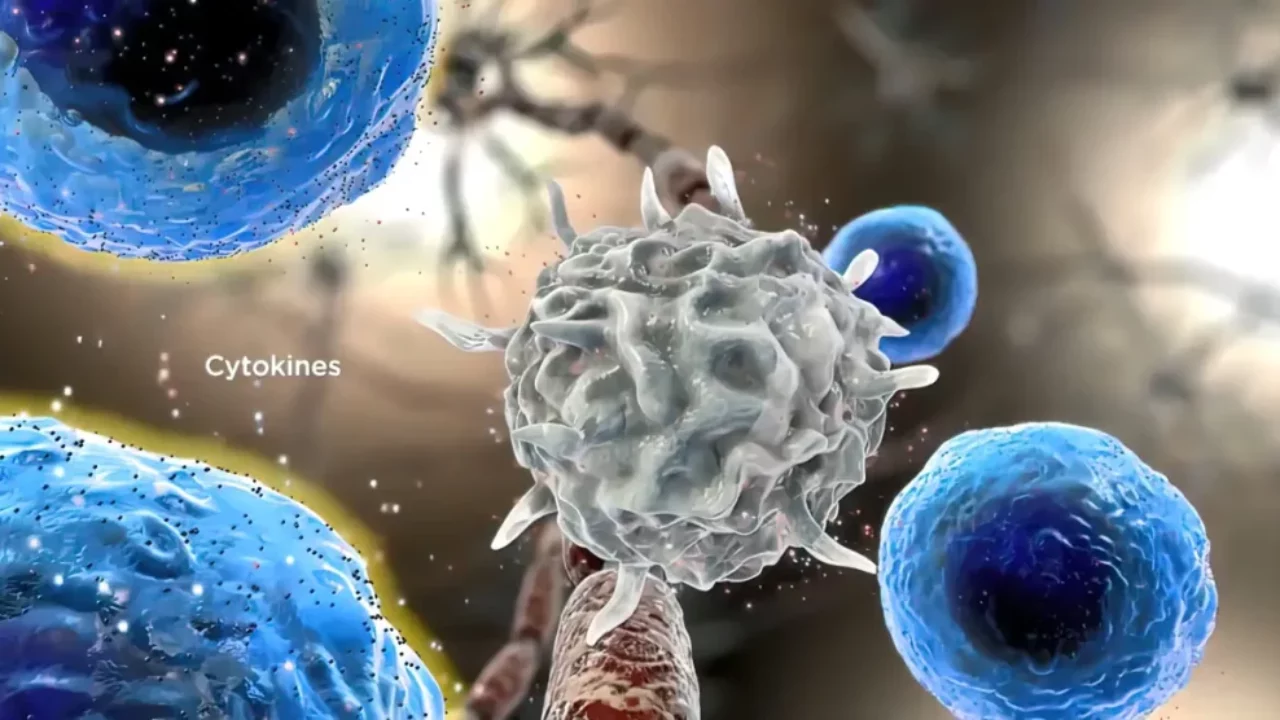
Meso Scale Discovery Assay
Meso Scale Discovery (MSD) has developed a robust tool for detecting and quantifying molecules in complex biological matrices. This proprietary technology helps researchers to detect intracellular signaling proteins and cytokines using assays such as the MSD cytokine assay, having a direct impact on the process of new drug development. Besides, MSD combines Multi-array and electrochemiluminescence technology to provide ultra-sensitive results and multiplexing capacities at several phases of drug development. Let us understand the basics of MSD assays.
What is Meso Scale Discovery?
Today MSD has become a core component of biomedical and drug development studies. As mentioned earlier, electrochemiluminescence and Multi-array technology form the basis of Meso Scale Discovery ELISA assays. Let us dive deep into each of these components individually and understand its working.
Electrochemiluminescence technology
Electrochemiluminescence detection delivers higher sensitivity, a broader dynamic range, and is easier to perform compared to other conventional detection systems. Moreover, the MSD system provides reliable and high-quality data in a wide range of sample types, making it a robust system for all assay needs.
Under an appropriate chemical environment, electrochemiluminescence labels generate a light signal when stimulated by an electrical source. This electrochemiluminescence system is incorporated into all MSD immunoassays. The generated light signal is proportional to the amount of analyte present in the sample.
How does the technology work?
- MSD Multi-spot and Multi-array plates are coated with high-affinity carbon electrodes for easy attachment of assay reagents. These carbon electrodes have a 10X binding capacity than traditional polystyrene surfaces.
- Electrochemiluminescent labels, also called Sulfo-Tag, are conjugated to detection antibodies that facilitate ultra-sensitive detection of analytes.
- Once electricity is applied to the microplates, the Sulfo-Tag labels emit a light signal which is then quantified to measure the analyte of interest.
Must Read: MSD over ELISA: The Key Differences
Multi-array technology
Multi-array technology combines arrays and electrochemiluminescence detection for rapid analysis of samples and the generation of high-density information. Furthermore, by incorporating Multi-spot plates, researchers can analyze and quantify multiple analytes in a single MSD assay requiring less time and sample volumes. Multi-spot MSD plates have arrays within wells for multiplexing and increased throughput. These plates are available in 69- and 384-well formats, with each well containing up to 10 spots.
Instruments
MSD provides its technology for both basic life science research and clinical research by supplying instruments fit for every research condition. The Discovery Workbench software is equipped to acquire and analyze high-quality data using MSD instruments.
MSD instruments are fit for every budget, application, and research environment. Meso Sector S 600 is perfect for high information content and high throughput analysis. On the other hand, the Meso QuickPlex SQ 120 is a compact and affordable system providing exceptional performance.
Every MSD instruments have the Multi-array technology to provide a broader dynamic range, increased sensitivity, rapid readouts, simple protocols, and faster results through its Discovery Workbench software. Besides, MSD instruments need no complicated fluidics, no maintenance or customer calibration, and no between-run cleaning.
Therefore, whether you want to run multiplex cytokine assays, test for immunogenicity, or develop novel immunoassays, MSD is an ideal option for a fast, simple, low sample volume and minimal consumption assay system.






